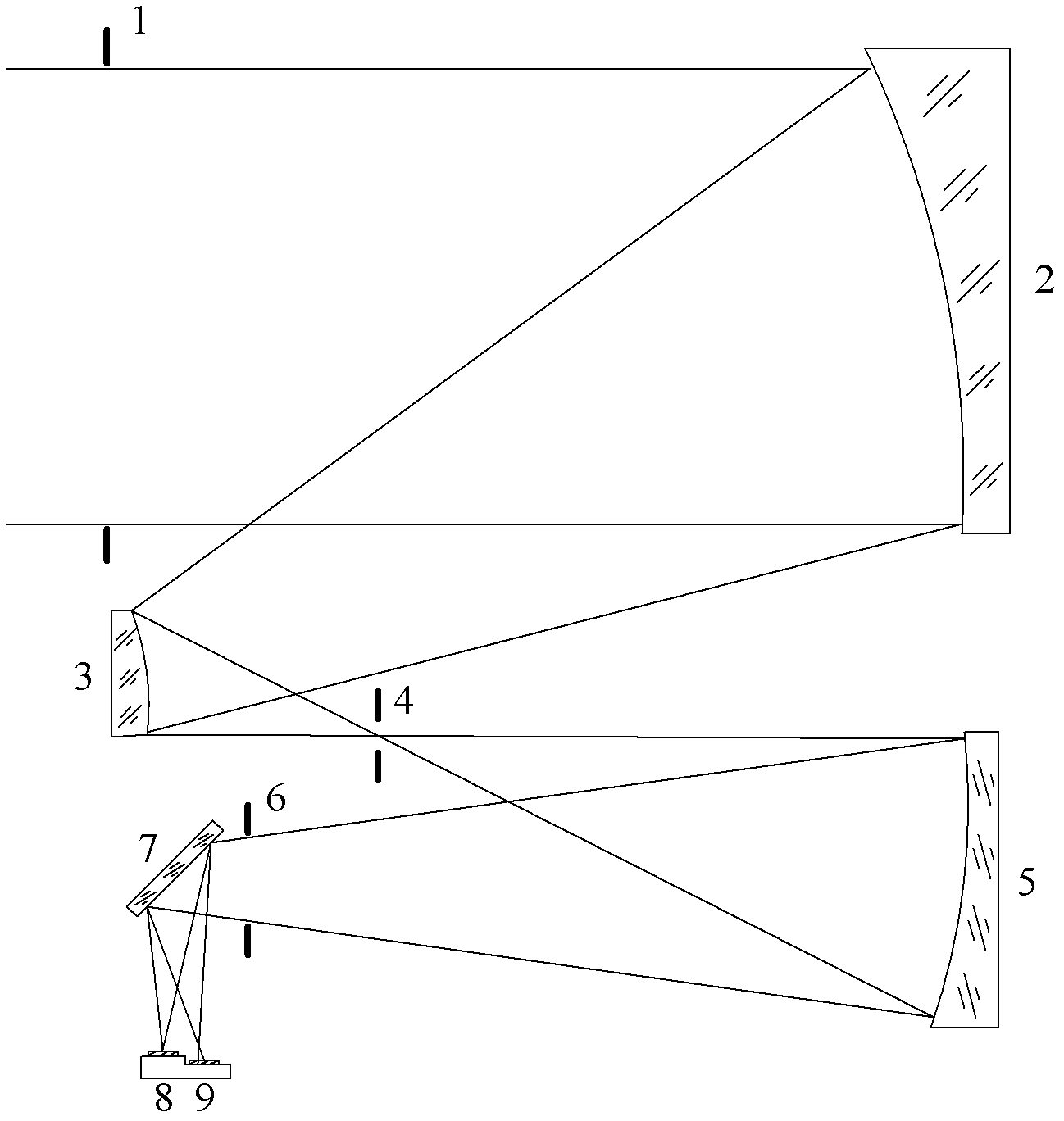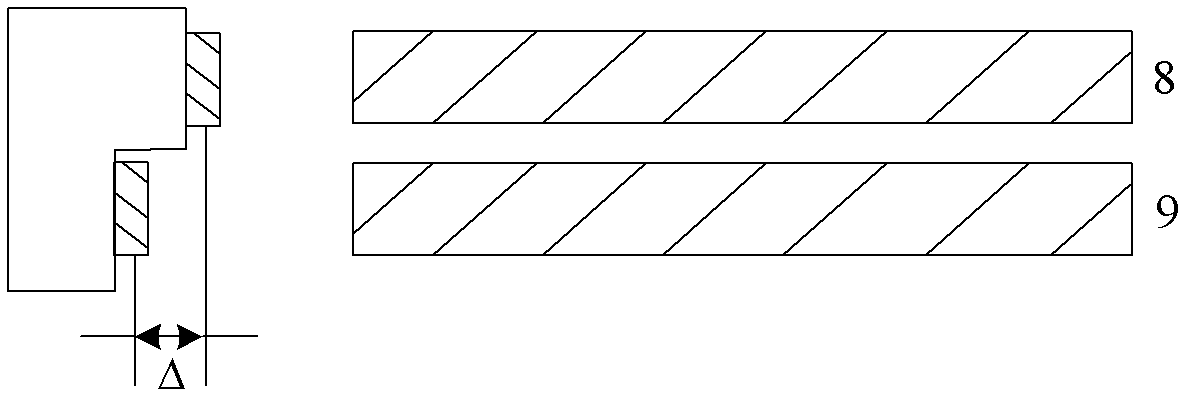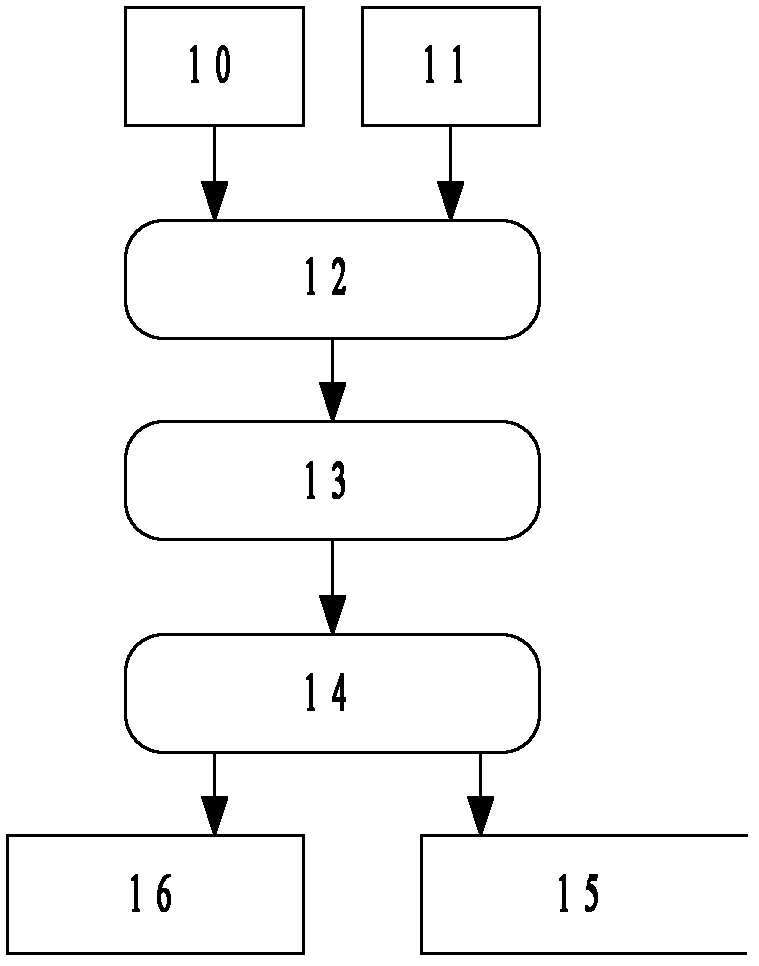Space optical camera having on-orbit self-diagnosis and compensation functions
A technology of space optics and space cameras, applied in optics, optical components, color TV parts, etc., can solve the problem of increased gap between design resolution and imaging resolution, wavefront distortion, and mirror on-orbit position error increase and other problems, to achieve high-precision on-orbit diagnosis and compensation imaging, and to improve the effect of morbidity
- Summary
- Abstract
- Description
- Claims
- Application Information
AI Technical Summary
Problems solved by technology
Method used
Image
Examples
Embodiment Construction
[0014] The present invention will be described in further detail below in conjunction with the accompanying drawings and embodiments.
[0015] Such as figure 1 As shown, a space optical camera with on-orbit self-diagnosis and compensation functions, the camera includes: off-axis three-mirror space optical system, off-axis three-mirror space optical system includes: entrance pupil 1, off-axis main mirror 2, off-axis Axis secondary mirror 3, field diaphragm 4, off-axis three mirrors 5, Leo diaphragm 6 and focusing mirror 7; the camera also includes a phase difference wavefront detection unit, the phase difference wavefront detection unit includes: Stage stitching detector 8, out-of-focus multi-stage stitching detector 9, in-focus detector interface 10, out-of-focus detector interface 11, data acquisition module 12, data preprocessing module 13, calculation module 14, storage module 15, control interface 16 and image restoration module 17;
[0016] First, the ground scene light...
PUM
 Login to View More
Login to View More Abstract
Description
Claims
Application Information
 Login to View More
Login to View More - R&D
- Intellectual Property
- Life Sciences
- Materials
- Tech Scout
- Unparalleled Data Quality
- Higher Quality Content
- 60% Fewer Hallucinations
Browse by: Latest US Patents, China's latest patents, Technical Efficacy Thesaurus, Application Domain, Technology Topic, Popular Technical Reports.
© 2025 PatSnap. All rights reserved.Legal|Privacy policy|Modern Slavery Act Transparency Statement|Sitemap|About US| Contact US: help@patsnap.com



